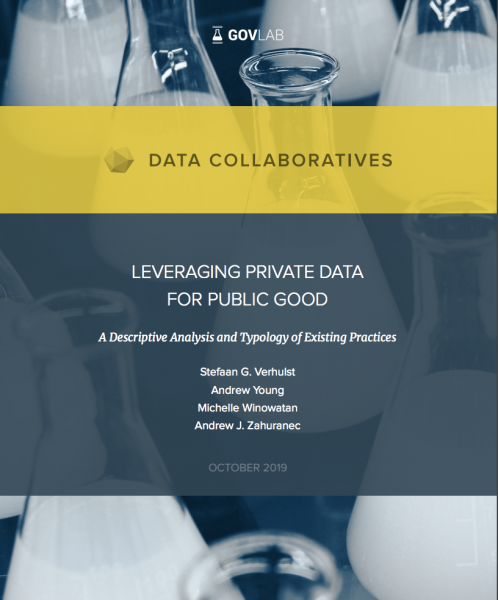Vincent Duclos in Medicine Anthropology Theory: “In the last few years, tracking systems that harvest web data to identify trends, calculate predictions, and warn about potential epidemic outbreaks have proliferated. These systems integrate crowdsourced data and digital traces, collecting information from a variety of online sources, and they promise to change the way governments, institutions, and individuals understand and respond to health concerns. This article examines some of the conceptual and practical challenges raised by the online algorithmic tracking of disease by focusing on the case of Google Flu Trends (GFT). Launched in 2008, GFT was Google’s flagship syndromic surveillance system, specializing in ‘real-time’ tracking of outbreaks of influenza. GFT mined massive amounts of data about online search behavior to extract patterns and anticipate the future of viral activity. But it did a poor job, and Google shut the system down in 2015. This paper focuses on GFT’s shortcomings, which were particularly severe during flu epidemics, when GFT struggled to make sense of the unexpected surges in the number of search queries. I suggest two reasons for GFT’s difficulties. First, it failed to keep track of the dynamics of contagion, at once biological and digital, as it affected what I call here the ‘googling crowds’. Search behavior during epidemics in part stems from a sort of viral anxiety not easily amenable to algorithmic anticipation, to the extent that the algorithm’s predictive capacity remains dependent on past data and patterns. Second, I suggest that GFT’s troubles were the result of how it collected data and performed what I call ‘epidemic reality’. GFT’s data became severed from the processes Google aimed to track, and the data took on a life of their own: a trackable life, in which there was little flu left. The story of GFT, I suggest, offers insight into contemporary tensions between the indomitable intensity of collective life and stubborn attempts at its algorithmic formalization.Vincent DuclosIn the last few years, tracking systems that harvest web data to identify trends, calculate predictions, and warn about potential epidemic outbreaks have proliferated. These systems integrate crowdsourced data and digital traces, collecting information from a variety of online sources, and they promise to change the way governments, institutions, and individuals understand and respond to health concerns. This article examines some of the conceptual and practical challenges raised by the online algorithmic tracking of disease by focusing on the case of Google Flu Trends (GFT). Launched in 2008, GFT was Google’s flagship syndromic surveillance system, specializing in ‘real-time’ tracking of outbreaks of influenza. GFT mined massive amounts of data about online search behavior to extract patterns and anticipate the future of viral activity. But it did a poor job, and Google shut the system down in 2015. This paper focuses on GFT’s shortcomings, which were particularly severe during flu epidemics, when GFT struggled to make sense of the unexpected surges in the number of search queries. I suggest two reasons for GFT’s difficulties. First, it failed to keep track of the dynamics of contagion, at once biological and digital, as it affected what I call here the ‘googling crowds’. Search behavior during epidemics in part stems from a sort of viral anxiety not easily amenable to algorithmic anticipation, to the extent that the algorithm’s predictive capacity remains dependent on past data and patterns. Second, I suggest that GFT’s troubles were the result of how it collected data and performed what I call ‘epidemic reality’. GFT’s data became severed from the processes Google aimed to track, and the data took on a life of their own: a trackable life, in which there was little flu left. The story of GFT, I suggest, offers insight into contemporary tensions between the indomitable intensity of collective life and stubborn attempts at its algorithmic formalization….(More)”.

